Integration of Advanced Technologies
The integration of advanced technologies is transforming the Design Collaboration Software Market. Technologies such as artificial intelligence, machine learning, and augmented reality are increasingly being incorporated into design collaboration tools. These innovations enhance user experience by automating repetitive tasks, providing intelligent suggestions, and enabling immersive design experiences. For instance, AI-driven analytics can offer insights into team performance and project timelines, thereby improving efficiency. The market for design collaboration software is projected to grow significantly, with estimates suggesting a compound annual growth rate of over 15 percent in the coming years. This growth is likely fueled by the demand for more sophisticated tools that can adapt to the evolving needs of design teams. As organizations seek to leverage technology for competitive advantage, the Design Collaboration Software Market is poised for substantial expansion.
Rising Demand for Remote Work Solutions
The Design Collaboration Software Market experiences a notable surge in demand for remote work solutions. As organizations increasingly adopt flexible work arrangements, the need for effective collaboration tools becomes paramount. According to recent data, approximately 70 percent of companies are now utilizing some form of remote work strategy. This shift necessitates software that facilitates seamless communication and project management among distributed teams. The Design Collaboration Software Market is thus positioned to benefit from this trend, as businesses seek platforms that enhance productivity and streamline workflows. Furthermore, the integration of features such as real-time editing and cloud storage is likely to attract more users, driving market growth. As remote work continues to evolve, the Design Collaboration Software Market may see sustained interest and investment, indicating a robust future for these solutions.
Increased Focus on Innovation and Creativity
Innovation and creativity are at the forefront of the Design Collaboration Software Market. Companies are increasingly recognizing the importance of fostering a creative environment to drive product development and differentiation. This trend is reflected in the growing investment in design tools that support brainstorming, prototyping, and feedback processes. Recent statistics suggest that organizations that prioritize design-led innovation are 60 percent more likely to achieve higher market share. As a result, the Design Collaboration Software Market is likely to see a rise in demand for tools that enable teams to collaborate effectively on creative projects. Features such as visual project boards, integrated feedback loops, and customizable templates are becoming essential components of these platforms. This focus on innovation not only enhances team collaboration but also positions companies to respond more adeptly to market changes.
Emphasis on User Experience and Accessibility
User experience and accessibility are critical considerations in the Design Collaboration Software Market. As more organizations adopt design collaboration tools, the demand for user-friendly interfaces and accessible features is growing. Companies are increasingly aware that a positive user experience can lead to higher adoption rates and improved productivity. Recent data suggests that software with intuitive design can enhance user engagement by up to 50 percent. This trend is prompting developers to prioritize user-centric design principles, ensuring that tools are not only functional but also easy to navigate. Additionally, accessibility features are becoming essential, as organizations strive to create inclusive environments for all team members. As the emphasis on user experience continues to rise, the Design Collaboration Software Market is likely to evolve, with a focus on creating tools that cater to diverse user needs.
Growing Importance of Cross-Functional Collaboration
Cross-functional collaboration is becoming increasingly vital within the Design Collaboration Software Market. As projects become more complex, the need for diverse teams to work together effectively is paramount. Organizations are recognizing that collaboration across different departments can lead to more innovative solutions and improved project outcomes. Recent studies indicate that companies with strong cross-functional collaboration are 30 percent more likely to complete projects on time and within budget. This trend is driving demand for design collaboration tools that facilitate communication and project management across various functions. Features such as shared workspaces, integrated communication channels, and task management capabilities are essential for fostering this type of collaboration. As businesses continue to embrace cross-functional teams, the Design Collaboration Software Market is likely to see increased adoption of tools that support this collaborative approach.


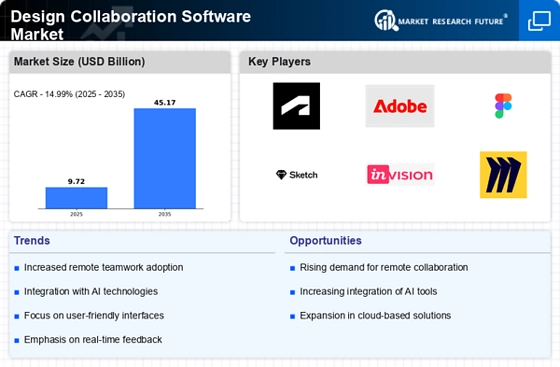
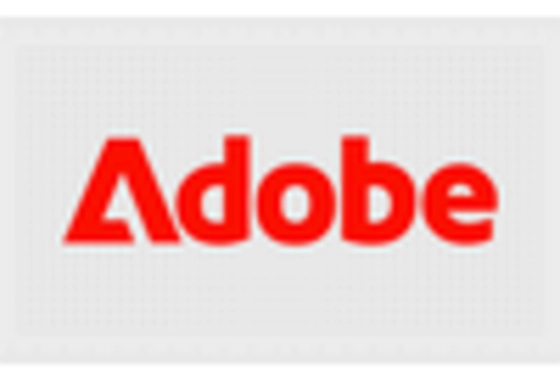
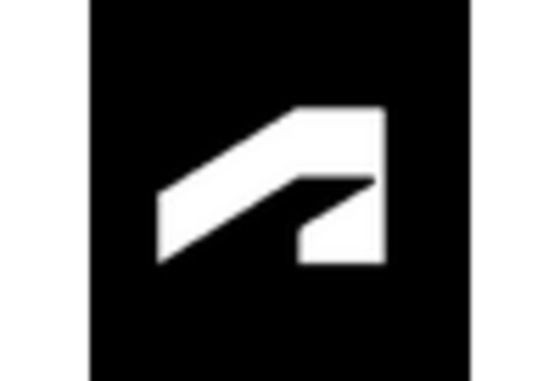

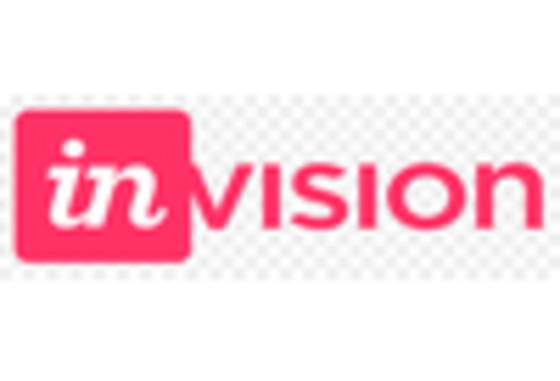

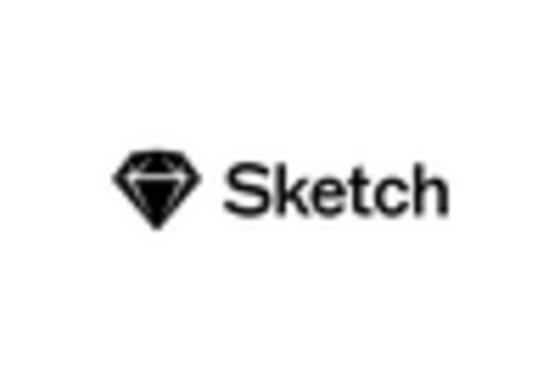








Leave a Comment